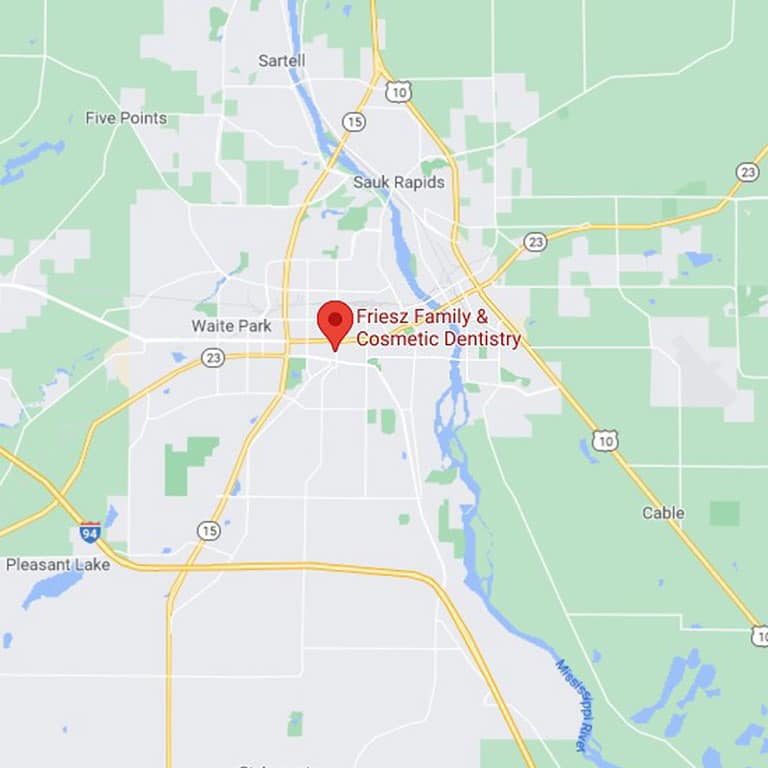Why do Dentists Use Drills to Fill Cavities?
When you go to get cavities filled or a filling restoration in St. Cloud, MN, your dentist may use a drill. Few people enjoy the sound of a drill being used in the mouth, so it may help to know exactly why dentists use drills to fill cavities.
Drills Aren’t Used to Actually Fill Cavities
The thing is, dentists don’t use drills to fill cavities. The drilling is done to clean and prepare the tooth to accept the filling. A great way to think about this process is using an example of a similar situation.
If you’ve ever had to patch a hole in drywall, you know that the edges of the hole are uneven; jagged, even. If moisture or other materials have gotten on the drywall, you don’t want that to spread into the patched area. So first, you have to get rid of the moisture. Then you have to clean up the edges of the hole before you can patch it neatly.
This is almost exactly what the dentist is doing when he drills before filling a cavity in St. Paul, MN. He or she is drilling away areas of the tooth that are infected with bacteria. Otherwise, that bacteria would continue to grow until your whole tooth is rotted out. So that’s one reason why your dentist uses a drill.
Next, the dentist needs to neaten up around the perimeter of the cavity. This is so that the filling completely fills in the hole and there are no tiny cracks or areas for bacteria to enter the interior of the tooth.
Drilling is a necessary preparatory step in filling cavities, but it’s not done to actually fill the cavity. That’s an entirely different step that comes after the cavity in the tooth has been properly prepared.
Now that you know what the drilling is really for, you can rest easy when you hear that sound. It’s actually the sound of your dentist in St. Paul, MN making sure that he does quality work on your cavity filling so it lasts as long as possible. After all, cavity filling is a way to preserve your natural teeth. When you think of it that way, drilling doesn’t sound so bad, does it?





Leave a Reply
Want to join the discussion?Feel free to contribute!